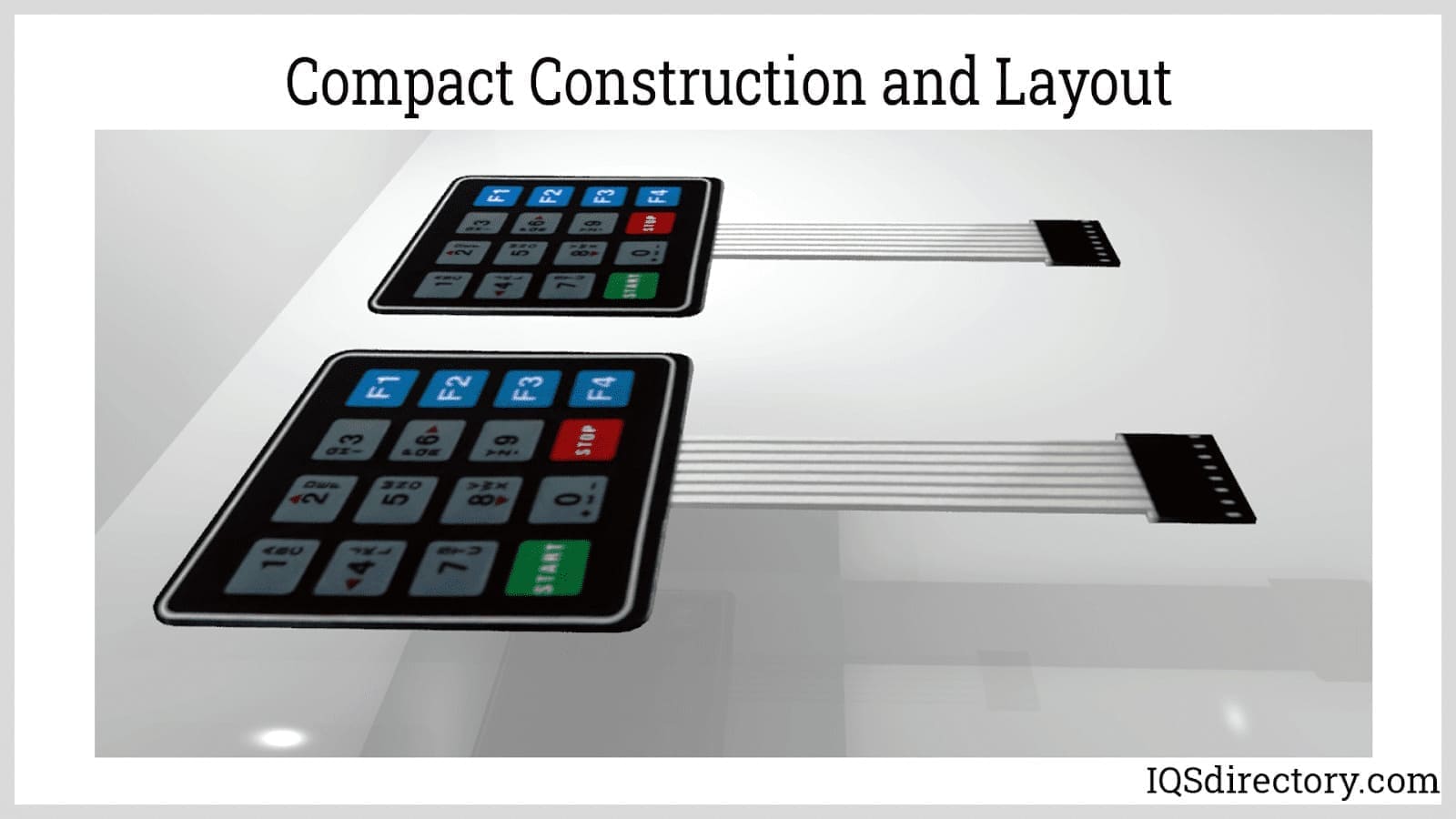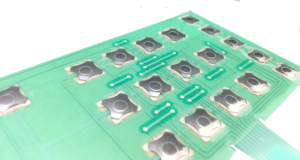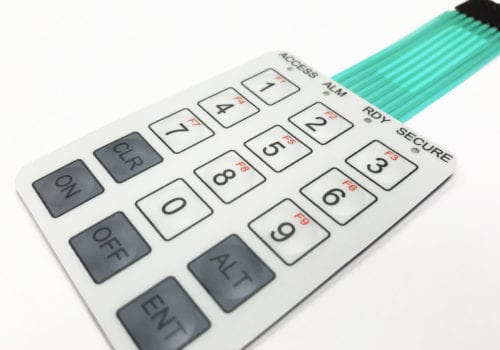Comprehending the Performance of Membrane Layer Switches for Interface Instruments
The capability of membrane switches over stands for a substantial innovation in customer interface layout, incorporating performance with visual convenience. As sectors significantly focus on individual experience, comprehending the nuances of membrane button innovation ends up being vital.
What Are Membrane Buttons?
Membrane switches are cutting-edge interface devices that facilitate user interaction with digital devices. These flexible components consist of multiple layers, consisting of a visuals overlay, spacer, and a published circuit layer. The design permits a seamless integration into various digital devices, boosting both the aesthetic and functional elements of interface.
Membrane layer switches are generally employed in a variety of applications, from household devices to industrial machinery and clinical gadgets. Their building generally includes a thin profile, making them an excellent option for small designs. The responsive comments given by these switches can be crafted to meet details individual preferences, making sure reliable communication in between the user and the tool.
Sturdiness is an additional significant benefit of membrane switches, as they are immune to dust, moisture, and chemicals, which improves their life-span sought after environments. Additionally, these buttons can be tailored in terms of form, dimension, and graphic style, enabling branding and user-specific attributes. In general, membrane layer switches over represent a sensible option for enhancing individual experience in digital devices, incorporating functionality with aesthetic charm in a reliable fashion.
Exactly How Membrane Changes Job
Operating on a straightforward principle, membrane switches make use of a layered building and construction to sign up individual input efficiently. Each switch contains multiple layers, consisting of a printed circuit layer, a spacer layer, and a top graphic layer, which are created to function with each other perfectly. When an individual presses the top layer, it compresses the spacer layer, bringing the conductive components of the circuit layer right into call with each various other.
This call develops a shut circuit, signaling the device to perform a certain feature. The layout permits numerous configurations, including responsive responses, which can boost the user experience by offering a physical feeling upon activation. The materials used in membrane buttons typically include flexible substratums, such as polyester or polycarbonate, which make certain longevity and strength versus deterioration.

Secret Advantages of Membrane Buttons

Another substantial benefit is their compactness. Membrane layer switches are thin and light-weight, which enables makers to conserve area in their tools without giving up capability. This feature is particularly Related Site valuable in applications where weight and volume are essential factors to consider.
Furthermore, membrane buttons are immune to dirt, wetness, and chemicals, boosting their durability. This resilience extends their life-span and lowers the requirement for frequent replacements, resulting in expense financial savings with time.
Additionally, the responsive responses supplied by membrane layer buttons can be enhanced to boost user interaction. They can include functions such as increased switches or audible clicks, enhancing functionality and customer experience.
Applications Across Industries
Individual user interface devices making use of membrane switches are widespread in a broad selection of industries, showcasing their versatility and capability. Membrane Switch. In the medical market, membrane layer switches are important to tools such as diagnostic devices and person monitoring systems, where their toughness and ease of cleaning are vital for maintaining hygiene requirements. In the automotive sector, these buttons are used in control panel controls and infomercial systems, giving a sleek and modern interface for users.
Moreover, the customer electronics industry benefits from membrane switches in devices and handheld gadgets, where small style and straightforward user interfaces boost customer experience. Industrial applications also leverage membrane switches over for control panels in machinery and automation systems, emphasizing their robustness and resistance to severe atmospheres.
In the aerospace and defense markets, membrane switches are utilized in cabin controls and equipment, where integrity and performance under severe problems are critical. Additionally, the video gaming market increasingly includes membrane buttons in controllers and game machines, contributing to an interesting user experience. Generally, the convenience of membrane layer changes enables their prevalent usage across numerous fields, underscoring their value in contemporary user interface style.
Future Trends in Membrane Layer Switch Modern Technology

Furthermore, using advanced materials, such as polycarbonate and polyester films, is anticipated to rise, offering boosted toughness and resistance to environmental stressors. These materials add to the general long life of membrane layer buttons, making them suitable for harsher industrial applications.
Additionally, the unification of smart technology, including IoT connectivity, will allow membrane layer switches to interact with various other gadgets and systems, promoting a much more interactive user experience. This trend aligns with the expanding demand for wise tools across different industries, from medical care to customer electronic devices.
Last but not least, modification alternatives are prepared for to increase, permitting suppliers to develop bespoke remedies customized to certain customer needs and choices. These advancements will position membrane layer buttons as essential components in the advancement of interface technology.
Verdict
Finally, membrane layer changes represent a pivotal innovation in interface innovation, supplying a reliable and flexible option for diverse electronic applications. Their split building and construction assists in portable layout, while attributes such as responsive comments boost user interaction. The durability against environmental factors better solidifies their his explanation utility across multiple industries. As improvements in material scientific research and touch noticing technologies continue, the capability and applicability of membrane layer buttons are expected to increase, reinforcing their value in contemporary digital tools.